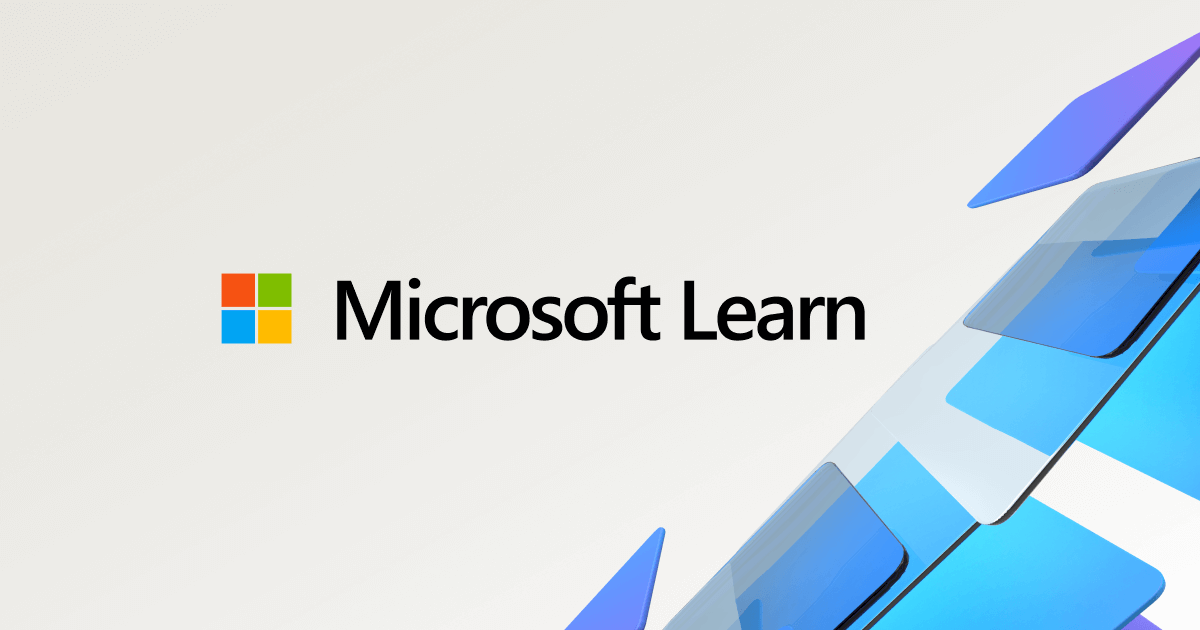- Thread Author
- #1
Hi, Just wondering what steps we could do to replace a failing hard drive in a HCI node. Can anybody help me with some instructions or point to somewhere i could find the answer ? HCI is made of three HPE DL380 servers and using Hyper V. The nodes dont have any tools installed to exactly find the physical location of the drive to be be changed. thanks

